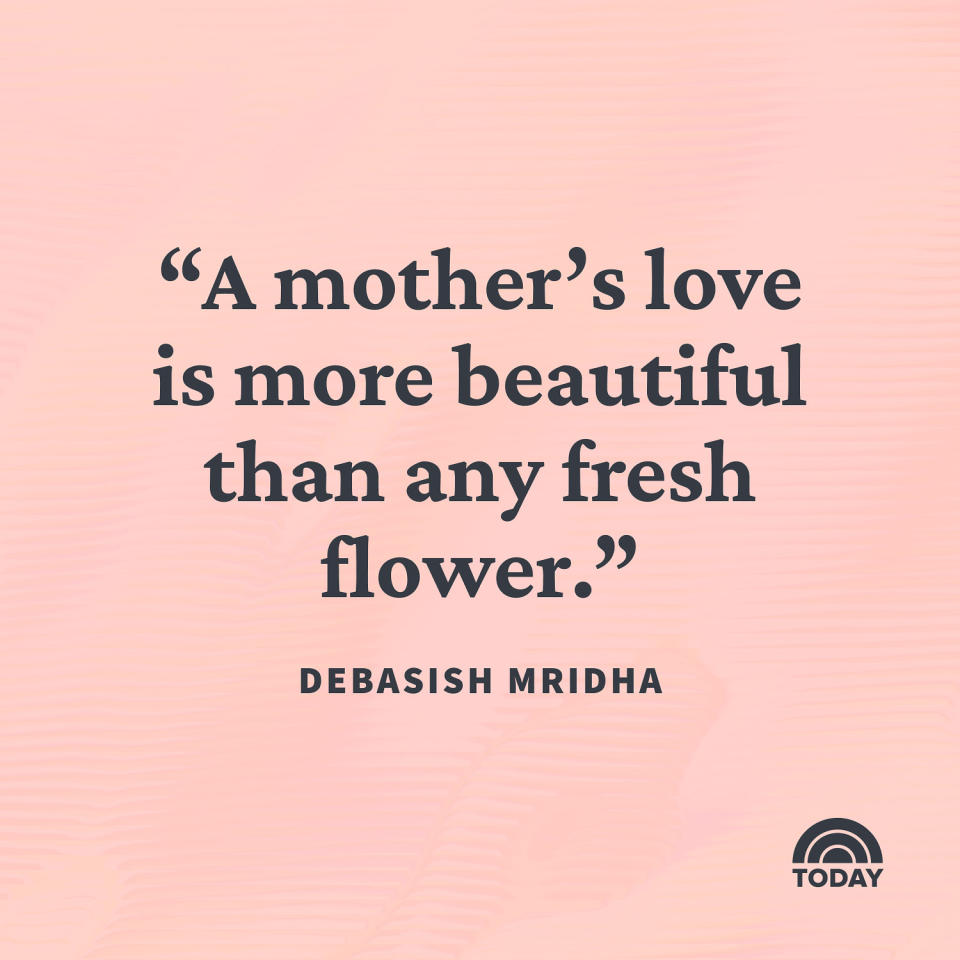In a recent turn of events, Prince William has found himself facing backlash over a poorly received Mother’s Day photo featuring his wife, Kate Middleton.
The image, which William took himself, was marred by noticeable Photoshop blunders, igniting a wave of negative attention.
At the time, the public was unaware that Kate was battling cancer, and this incident soon spiraled into something much larger.
According to Robert Jobson’s forthcoming biography, “Catherine: The Princess of Wales,” William’s response to the controversy has raised eyebrows.
Jobson claims that instead of publicly supporting Kate, William chose to distance himself from the situation entirely.
His PR team suggested issuing a joint statement to mitigate the fallout, but William reportedly declined, leaving Kate to shoulder the blame alone.
This decision has led many to criticize William, painting him as someone who is reluctant to stand by his wife during a particularly tough time.
The fallout from the photo led Kate to issue an apology via social media, where she acknowledged the editing mistakes and expressed regret for any confusion.
Given her ongoing health struggles, her words carry even more weight now.
The incident has sparked further accusations against William, suggesting he often prioritizes his image over the well-being of those around him, including family members.
Royal commentator Omid Scobie has previously pointed out this tendency, indicating that William sometimes acts out of self-interest, even in relation to his father, King Charles III.
This portrayal of William as somewhat detached has been echoed by various royal observers.
Critics argue that William views his father’s reign as merely a stepping stone to his own future on the throne, which could create tension within the royal family.
His approach to royal duties appears to differ significantly from that of King Charles, further fueling speculation about their relationship.
On the other hand, Kate Middleton remains a beloved figure among the public and the press, often seen as the true star of the royal family.
Scobie notes in his book “Endgame” that Kate’s charm shines brightly, especially when contrasted with William’s more traditional and reserved demeanor.
Jobson’s book also explores the complexities Kate faced in assuming the title of Princess of Wales.
He reveals that she hesitated to adopt the title closely associated with her late mother-in-law, Princess Diana, due to the immense pressure and inevitable comparisons that would follow.
Diana’s tragic passing in 1997 left a profound impact, making this decision all the more significant for Kate.
Kate’s reluctance to embrace the title highlights her awareness of the emotional connection many people have with Diana.
Jobson mentions that this topic was a point of discussion within the royal household, illustrating the careful considerations involved in such a monumental decision.
Ultimately, Kate chose to accept the title, fully cognizant of the scrutiny and expectations that would accompany it.
This decision signifies her commitment to her role and her desire to honor Diana’s legacy while carving out her own identity within the royal family.
As the royal family navigates these turbulent waters, the public’s gaze remains fixed on both William and Kate.
While William’s choices often come under fire, Kate’s grace and dedication have won her widespread admiration.
The couple’s dynamic, both in their public appearances and private life, continues to captivate the public’s interest as they juggle their royal responsibilities with the pressures of their roles.
Through it all, Kate’s resilience stands out as a defining aspect of her identity as the Princess of Wales, showcasing her strength amid adversity.
Related Stories

